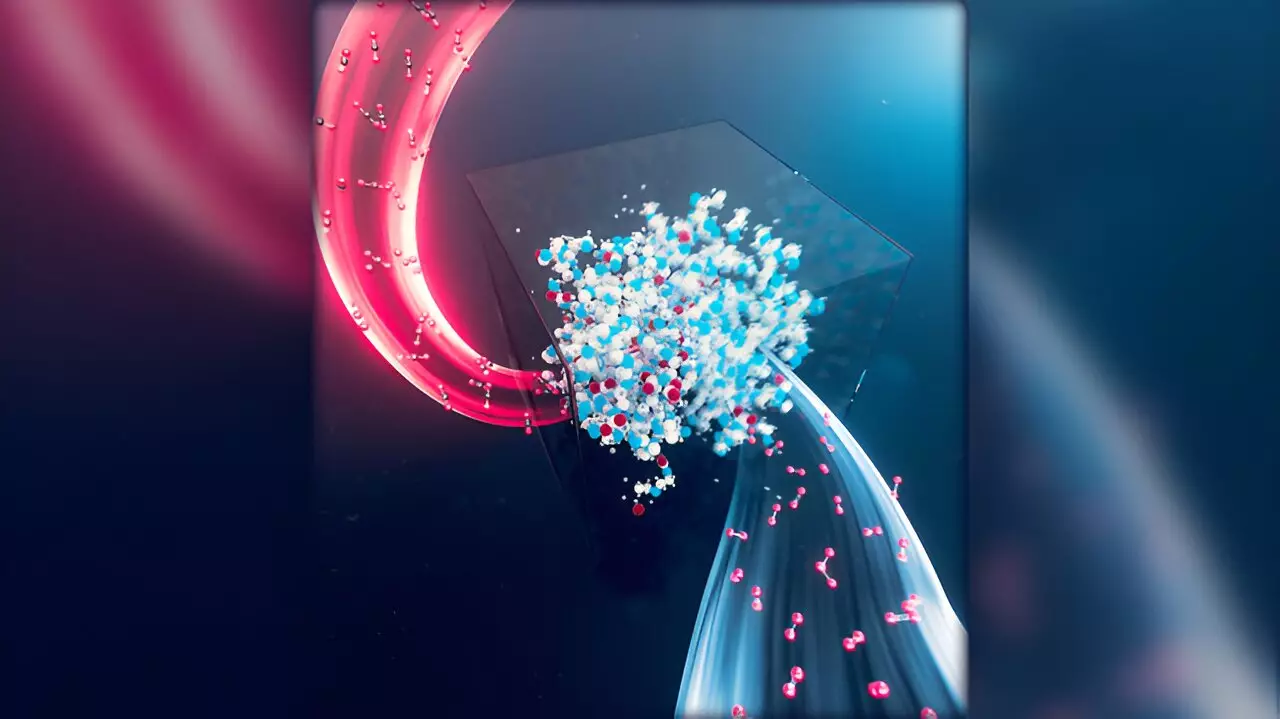The relentless surge of atmospheric carbon dioxide (CO2) compels scientists to explore efficient strategies for combating climate change. One promising approach is direct air capture (DAC), a technology designed to extract CO2 directly from the atmosphere. Researchers from the Lawrence Livermore National Laboratory (LLNL), in partnership with the Georgia Institute of Technology, have recently made notable strides in understanding the performance of amine-functionalized porous solids used as sorbents in DAC systems. By delving deeper into the interactions between CO2 and poly(ethylenimine) sorbents, the team has illuminated crucial aspects that impact the longevity and effectiveness of these materials, offering potential pathways for improved carbon capture solutions.
One significant barrier in the effectiveness of amine-based sorbents is their vulnerability to oxidative degradation over time. This degradation can dramatically reduce their efficacy, representing a major obstacle in the quest for sustainable carbon capture technologies. Previously, scientists struggled to fully grasp the intricate role that CO2 plays in this degradation phenomenon. The new study published in the Journal of the American Chemical Society meticulously addresses these challenges by exploring how varying CO2 concentrations and temperatures influence the oxidation kinetics of these sorbents.
The researchers found that CO2 has a complex relationship with the oxidative processes affecting poly(ethylenimine) sorbents. Instead of a straightforward catalytic function, CO2 exhibits a non-linear influence, bifurcating into processes that either enhance or inhibit the degradation pathway. This nuanced understanding could prove to be pivotal in developing sorbents that not only capture CO2 more effectively but also maintain their integrity over extended periods.
The findings reveal that certain conditions can significantly accelerate polymer degradation, particularly in acidic environments where polymer side chain mobility is increased. This insight opens an avenue for innovation in the design of next-generation sorbents. The research team suggests that by manipulating the molecular structure of these materials—either by introducing specific functional groups or utilizing additives with tailored surface chemistry—researchers may be able to slow down the wear-and-tear process that degrades these critical components.
Additionally, the implications of this study extend beyond laboratory settings. It sets a precedent for further research into the environmental factors affecting DAC technologies, emphasizing the necessity of incorporating varied atmospheric components into the material design process. This holistic approach not only fosters the development of more resilient sorbents but also aligns with the broader sustainability goals of the scientific community.
As the world confronts the urgent need to address climate change, the research by LLNL and Georgia Institute of Technology stands as a beacon of hope in the field of carbon capture technology. By deepening our understanding of CO2’s role in sorbent degradation, the research paves the way for the formulation of more durable and efficient DAC systems. As these groundbreaking insights are translated into practical applications, they hold the potential to revolutionize the carbon capture landscape, contributing significantly to global efforts aimed at achieving a sustainable future.

